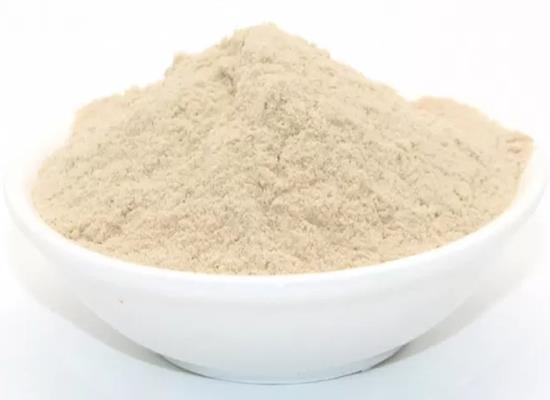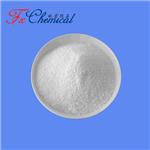DL-Serine: History and Therapeutic Potential
Oct 21,2024
As a non-essential amino acid, DL-serine not only participates in a variety of important biochemical reactions and metabolic pathways in organisms, but also plays a key role in neurotransmitter synthesis, protein metabolism, cell membrane stability, and anti-oxidation.

Figure 1. DL-Serine
Product Features
DL-serine, chemical name 2-amino-3-hydroxypropionic acid, is a white crystalline powder, odorless and sweet, CAS No. 302-84-1, molecular formula C3H7NO3, molecular weight 105.09. DL-serine is a mixture of D-serine and L-serine, with a unique chemical structure and biological activity, easily soluble in water, and insoluble in ethanol. In addition, DL-serine melts and decomposes at about 228°C, and this feature requires special attention during laboratory operation and storage.
Scientific research application
Nervous system research
In recent years, the important role of DL-serine in nervous system research has become increasingly prominent. As an important precursor for the synthesis of neurotransmitters, DL-serine can affect the excitability and signal transduction of neurons. By deeply studying the role of DL-serine in the synthesis and release of neurotransmitters, researchers have provided new ideas for the treatment of neurodegenerative diseases such as Alzheimer's disease and Parkinson's disease. By regulating the level of DL-serine, it is expected to improve the function and signal transduction of neurons, thereby delaying the progression of the disease.
Protein synthesis and metabolism
As a basic component of protein, DL-serine plays a key role in protein synthesis and metabolism. By studying the interaction between DL-serine and ribosomes, researchers have revealed the precise regulation mechanism of protein synthesis. This discovery not only provides a theoretical basis for the development of new drugs, but also promotes our understanding of the basic components of life systems.
Cell membrane stability
DL-serine is also an important component of cell membrane phospholipids and can affect the fluidity and stability of cell membranes. By studying the effects of DL-serine on cell membrane structure and function, researchers have revealed its important role in cell growth, differentiation, apoptosis and other processes. This discovery provides a new perspective for the study of cell biology and medicine, and helps us better understand the basic life activities of cells.
Application prospects
With the continuous advancement of scientific research technology and the continuous deepening of research, the potential of DL-serine will be further explored. In the field of functional foods and nutritional supplements, DL-serine, as an important nutrient, has broad application prospects. By developing foods or supplements rich in DL-serine, the nutritional needs of specific populations can be met, and health and disease prevention can be promoted. In addition, in terms of drug development and innovation, given the key role of DL-serine in a variety of biological processes, researchers can use it as a new target for drug development and provide new strategies and methods for a variety of diseases.
In summary, DL-serine, as an amino acid with unique biochemical properties and broad application prospects, plays an increasingly important role in the field of scientific research. With the deepening of research and the advancement of technology, we believe that DL-serine will play a greater role in the field of life sciences and make greater contributions to human health and well-being. At the same time, we also look forward to more researchers joining the research on DL-serine to explore the infinite possibilities of this magical molecule together.
- Related articles
- Related Qustion
Supplementation with pyridoxal 5'-phosphate monohydrate can synthesize neurotransmitters such as dopamine and serotonin, maintaining a healthy nervous system.....
Nov 4,2025Biochemical EngineeringSodium butyrate supports gut health, exhibits anti-tumor activity in colorectal cancer, and enhances beneficial microbiota, emphasizing the importance of a fiber-rich diet.....
Oct 21,2024API








